See du dat!
Imperatives are grammatical ways of expressing commands. Imperative clauses tend to have a different structure from declarative clauses (statements) and interrogative clauses (questions). For example, in StE statements and questions have a visible subject:
– You are writing.
– Are you writing?
But not imperatives:
– Write!
In StE the subject is only optionally expressed for emphasis in commands (something like "You write (now)!"). In those cases the subject comes before the verb.
In Shaetlan the default way of expressing commands is with the subject, and the subject comes after the verb:
– Write du! / Write you!
This mirrors the structure of Icelandic imperatives, where a form of "you" is added to the verb stem:
– Skrifaðu! / Skrifiði! ('Write! [singular] / [plural])
The pronouns þú / þið have become verb endings in reduced forms.
In Old Norse the imperative subject was optional but common. In Old English the imperative subject was also optional, but very rare. The Shaetlan imperatives might therefore be a remnant of Norn.
PS: Shaetlan also has imperatives with the structure Come du dee! ('Come!' [singular]). But that structure is not used for every kind of verb or context and is a matter for a separate post. 🤓
Pic: Sage Ross licensed under CC BY-SA 4.0

